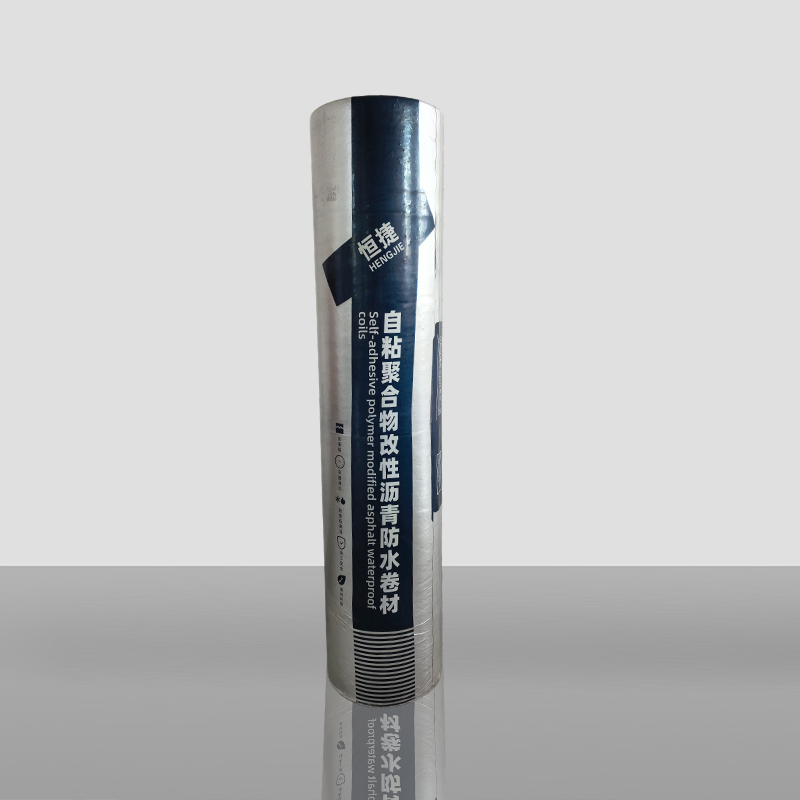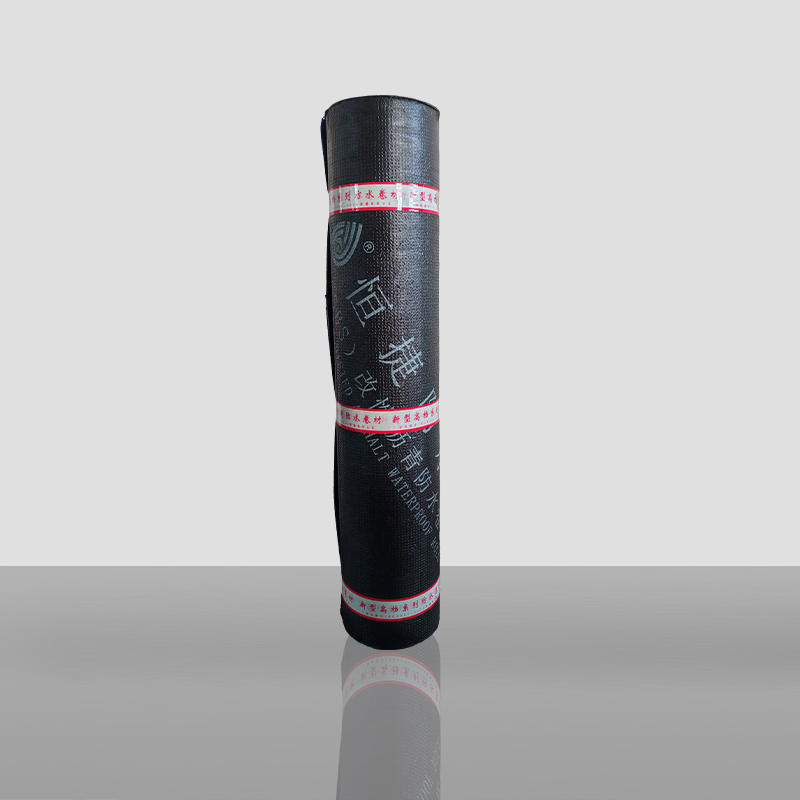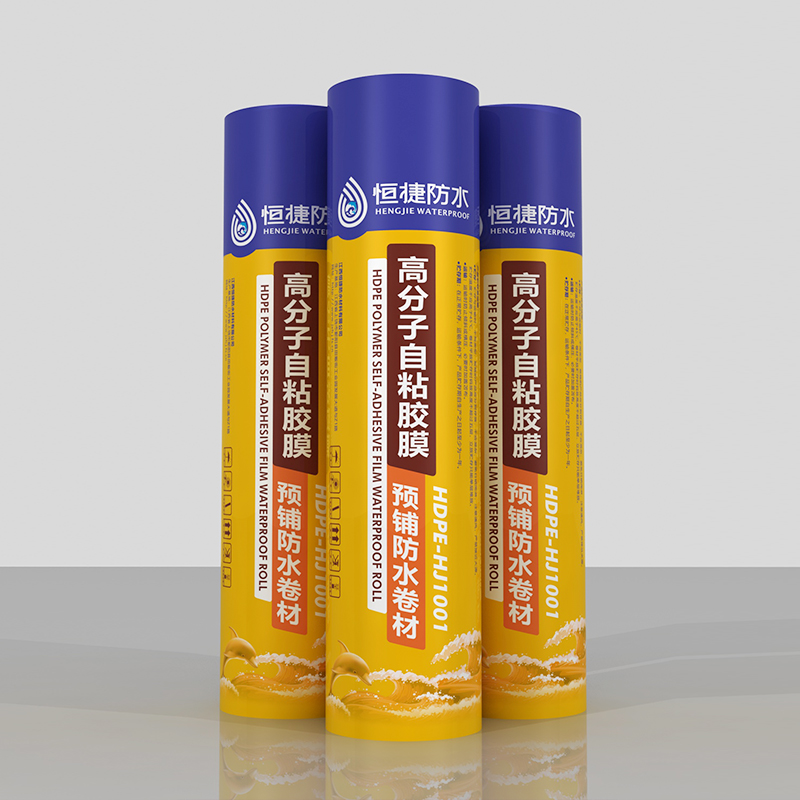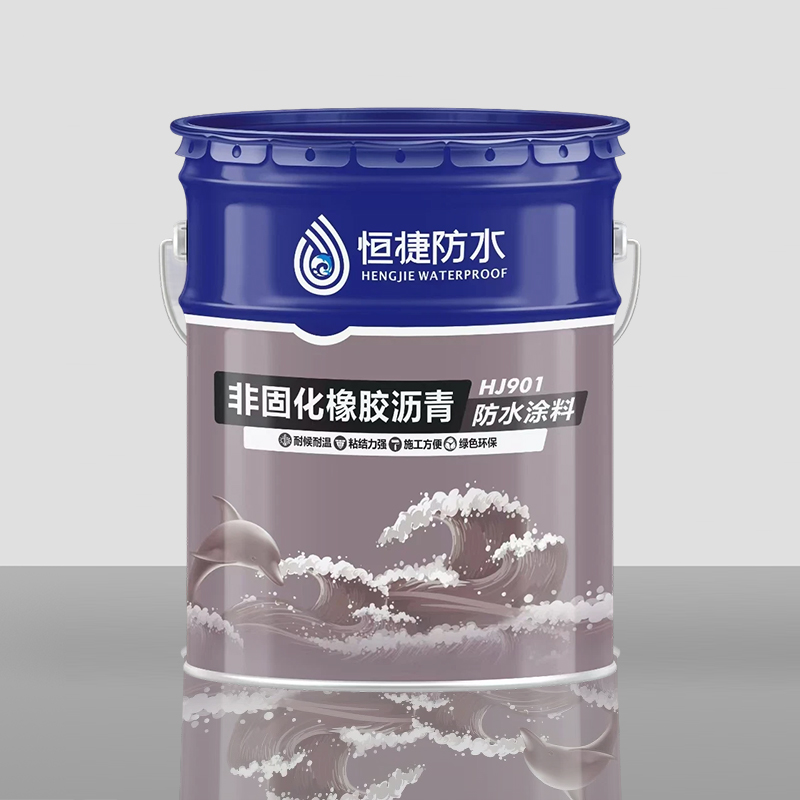What factors have a great impact on the aging resistance of modified asphalt waterproof membrane?
Release Time : 2025-10-22
Aging resistance is a key performance characteristic of modified asphalt waterproof membrane, directly determining its service life and waterproofing effectiveness. This performance is influenced by multiple factors, including material composition, environmental conditions, construction techniques, and ongoing maintenance. These factors interact to determine the membrane's aging resistance.
From a material perspective, the aging resistance of modified asphalt waterproof membrane depends primarily on the type and content of the modifier. SBS (styrene-butadiene-styrene block copolymer) modifiers significantly improve the membrane's low-temperature ductility and elastic recovery, maintaining its flexibility at low temperatures and reducing the risk of brittle cracking. APP (atactic polypropylene) modifiers enhance the membrane's high-temperature stability, preventing it from flowing and deforming at high temperatures. Furthermore, insufficient or poor-quality modifiers can destabilize the membrane's molecular chain structure, accelerating aging reactions triggered by environmental factors like UV rays and oxygen, resulting in surface chalking and loss of elasticity. The choice of base material is also critical. Polyester felt bases offer high tensile strength, but are susceptible to hydrolysis in hot and humid environments for extended periods, resulting in a decrease in elongation at break. Fiberglass felt bases offer strong corrosion resistance but weaker puncture resistance. Composite bases, combining the advantages of polyester and fiberglass, can achieve a certain degree of performance balance. However, insufficient bond strength between the base and the asphalt coating can lead to delamination and accelerated aging.
Environmental conditions are external factors that affect the aging resistance of modified asphalt waterproof membranes. Ultraviolet radiation is a major factor in membrane aging. Its energy can damage asphalt molecular chains, triggering oxidation reactions that gradually harden and powderize the membrane surface, reducing its elasticity. In plateau regions, ultraviolet radiation intensity is two to three times higher than in plains, potentially shortening the membrane's lifespan by 30% to 50%. Temperature fluctuations also have a significant impact. At high temperatures, plasticizers in the membrane may migrate, increasing its brittleness. At low temperatures, the membrane's flexibility decreases, making it susceptible to cracking due to deformation of the base layer or external forces. When the temperature difference between day and night exceeds 20°C, the stress caused by thermal expansion and contraction of the material can accelerate interfacial delamination and cause leakage. Regarding humidity, prolonged high humidity or water accumulation on roofs can cause water molecules to penetrate the material, disrupting chemical bonds, leading to delamination of the base and a sudden drop in tensile strength. Furthermore, the acidic substances in acid rain (pH < 5.6) can corrode the calcium carbonate filler in asphalt, and ozone in industrial exhaust can accelerate the aging of polymer materials, further shortening the membrane's service life.
The impact of construction techniques on the aging resistance of modified asphalt waterproof membrane cannot be ignored. Substrate preparation is a critical step. If the substrate surface is uneven, sanded, or hollow, the membrane will not adhere firmly to the base, causing stress concentration under load and cracking the waterproofing layer.
Insufficient overlap width or improper welding temperature control can cause leakage at the joints, creating a "fast path" for water penetration and accelerating localized aging. For example, the overlap width of modified asphalt membranes should be ≥ 80mm, and after hot melting, asphalt should overflow to form a "weld line" to ensure a tight seal. Timing of application is equally important. Application in low temperatures or humid environments may affect the adhesion between the membrane and the base layer, reducing the reliability of the waterproofing layer.
Post-maintenance is crucial for extending the service life of modified Asphalt waterproof membrane. During the operation of a building, the waterproofing layer may be damaged by external forces such as earthquakes, wind, and foundation settlement. Regular inspections can promptly detect cracks and holes, allowing repair measures such as sealing with sealants and re-laying to prevent further problems. Additionally, keeping the surface of the waterproofing layer clean and free of debris can reduce the risk of scratches and corrosion. During building renovations or renovations, it is important to protect the waterproofing layer to avoid damage caused by improper application.







